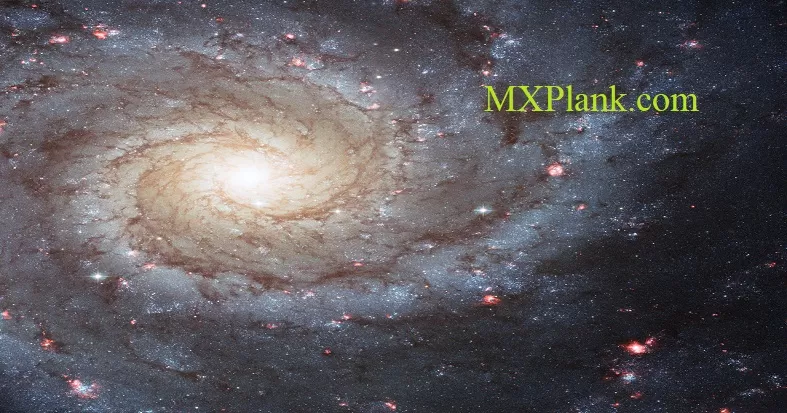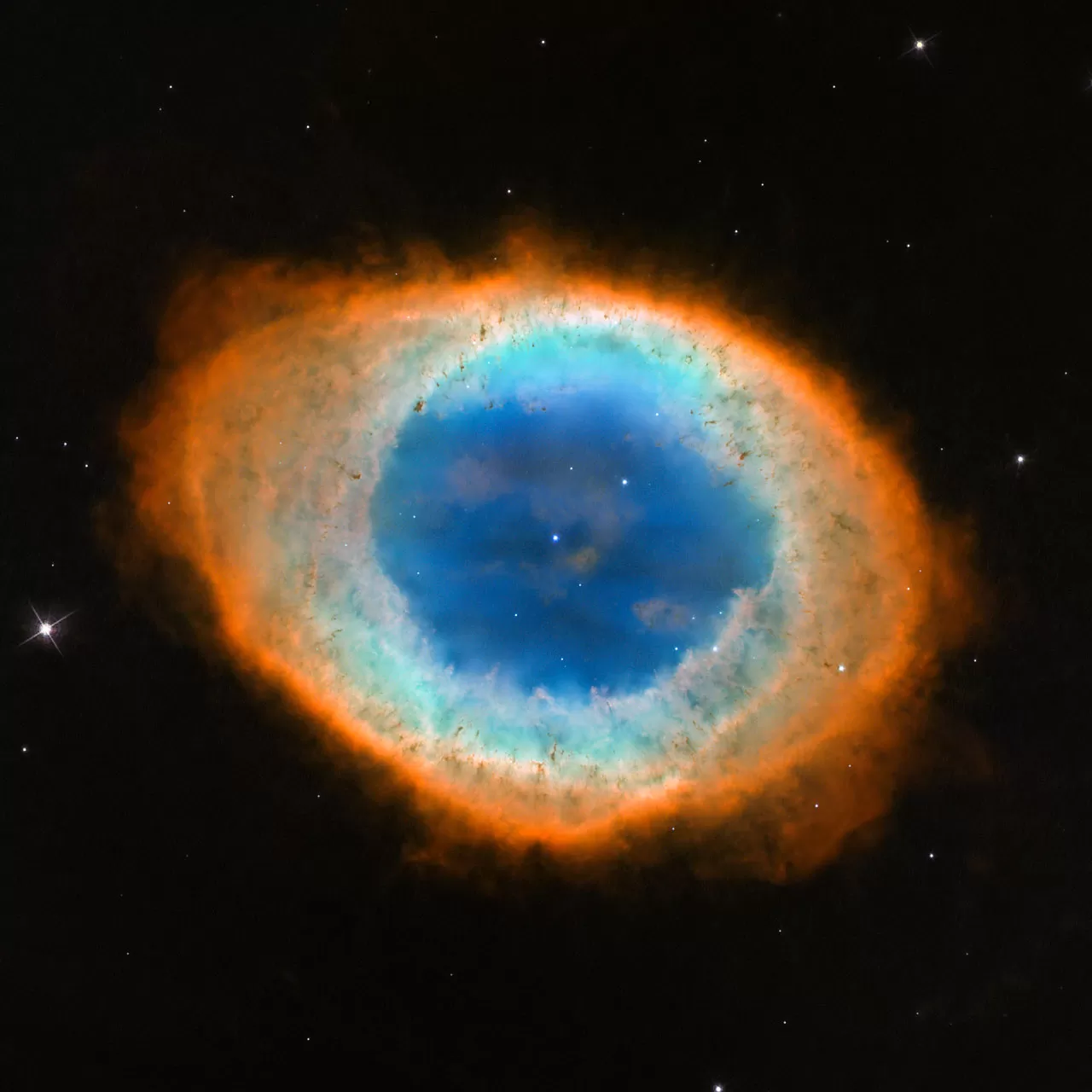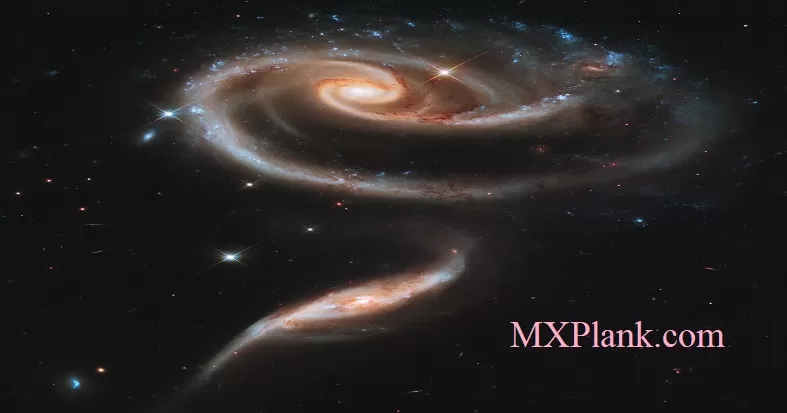Unification of quantum mechanics
Outline

The book, 'The Science of Consciousness' is authored by Eva Deli, and proposes a new hypothesis, which is rooted in string theory. The author considers the universe being divided by an information-blocking horizon into macrodimensions, called space, and microdimensions, called time. The microdimensions give rise to discrete frequency particle vibrations. However, the oscillations form independent of time and spread unlimited in space, which permits quantum entanglement and all sorts of interference phenomena. Thus, the drama of quantum mechanics and string theory takes place within the micro dimensions, whereas gravity is part of the spatial macrodimensions. As a consequence, quantum mechanics and relativity converge exclusively through the singularity of the interaction, which transfers volume between the micro- and the macrodimension. This allows space and time to evolve in a highly interdependent manner, and it also turns changes irreversible. Recognizing that space and time inhabit different dimensions make the unification of the three theories (relativity, quantum mechanics and string theory) possible.
String vibrations can give rise to the Big Bang

The author considers a string to be the originator of the Big bang. The fluid, primordial oscillations could form neither temperature nor pressure nor give rise to gravitational waves. The kinetic energy of the string fluctuations would accumulate as the self-energy of a smooth, symmetric and information blocking horizon. The decreasing amplitude oscillations gave rise to a microdimensional space with constant energy level. The process, called the Big Bang, formed the first interactions, which marked the beginning of time. Interaction is a volume exchange between the macrodimensions of space and the microdimensions, which thus stabilized the spatial structure.
The above mechanism fits well with measurements of the cosmic background radiation, which show that the curvature of space is nearly flat; the fluctuations are adiabatic and show scale free spectra, and almost Gaussian distribution. Moreover, gravitational waves could not be detected even by our current, fairly sophisticated technology. The first interactions would spike temperature, triggering recombination and nucleosynthesis, and drive spatial expansion. This simple mechanism can eliminate the horizon, the monopole or the flatness problem that plague the theory of Big Ban






